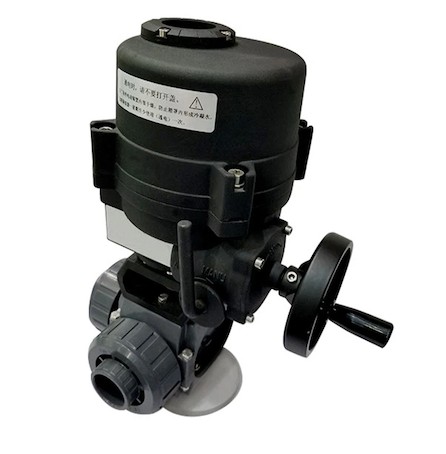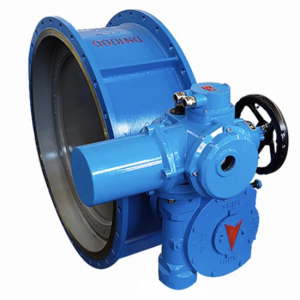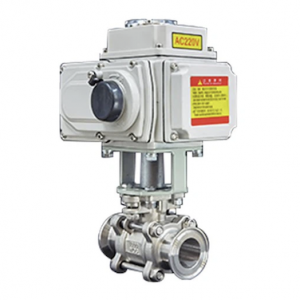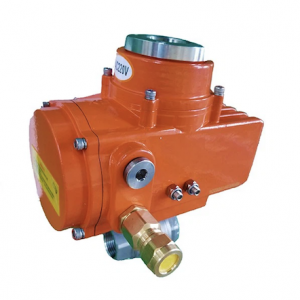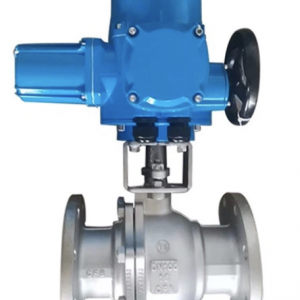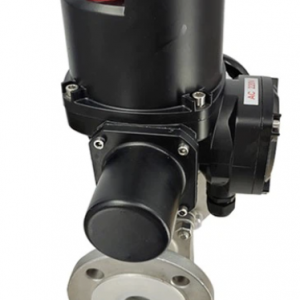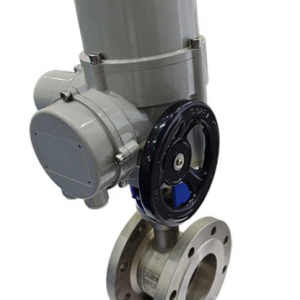Description
PVC 3 Way 90 Degree Ball Valve is a new type of three-way switching ball valve, which can be used to control the reversal, divergence or confluence of media in three pipelines. According to the different ball core structures, it can be divided into T port or L port or T port electric The difference between the three-way ball valve and the L port electric three-way ball valve mainly lies in the difference in internal structure. There is no difference in appearance! The T port ball valve can connect three orthogonal pipelines to each other and cut off the third channel to divide and merge the flow, while the L port ball valve can only connect two mutually orthogonal pipelines and cannot maintain the mutual flow of the third pipeline at the same time. Connectivity only plays a distribution role.
The three-way ball valve can flexibly cut off, distribute and change the flow direction of the medium. The sealing surface of the ball valve is usually in a closed state with the spherical surface, so it is not easily eroded by the medium. It is easy to operate, has a simple and compact structure, and can be used in working conditions with water, natural gas, acid, solvents, etc.
Features
◆Reduced diameter T port/L port/X port: 1/2~6 (DN15~DN150)
◆Working pressure: CLASS 150/300 PN16/40 10K
◆Operating temperature: -20C~180C
◆American standard ANSI CLASS 150
◆Design standard: ASME B16.34API608API6D
◆Design of valve stem explosion-proof device
◆Flange standard: ASME B16.51
◆Double butterfly spring dynamic load design
◆Inspection & Testing: AP1 598
◆Precision casting
◆Anti-static device (optional)
◆4 valve seat design
◆360° rotating handle
◆Lockable handle
◆ISO5211 direct installation high platform design
◆Automation device (optional)
◆German standard DIN PN16
◆Design standard: EN1983EN12516-1
◆Flange standard: EN1092-1 PN16/40
◆Inspection & Testing: EN12266-1
◆Japanese standard: JIS 10K
◆Design standard: JIS B2071
◆Flange standard: JIS B2220
◆Inspection & Testing: JIS B2003
Product quality inspection before leaving the factory
1. Inspect the products produced on the electric actuator production line every day, 100% inspection. First, open the indicator cover and check whether the wiring is beautiful, whether the limit cams in the opening and closing directions are fully raised, and whether the pointer position is consistent with the actual position of the actuator. , whether the screws inside are tightened, check whether the back cover is correct, and check whether there is paint peeling on the appearance of the electric actuator. Dirt, manual wrench, waterproof connector, manual dust plug, sight glass, and sight glass gland are all installed. After everything is correct, use a laser marking machine to mark the product number on the back of the electric actuator. The product number should include the date of the day, and finally put the foam into storage.
2. Inspection of complete sets of valves: After the valve installation production line operator completes the debugging, he will take the production order to the quality inspector, and the quality inspector will check the production order and products one by one (inspection items: valve quantity, diameter, material, connection method. Whether the pressure is consistent with the production order, whether the voltage, control type, connection method of the electric actuator, whether it is an explosion-proof product, and whether it is consistent with the production order, whether the screws of the valve and electric actuator are tightened, whether there are any missing ones)
3. Inspection before packing: Check whether the product quantity, model, voltage, control method, and spare parts are consistent with the production order.
4. Inspection of random inspection products in the processing center: Once in the morning and afternoon every day, take the inspection item list to the processing center and randomly select a processed product from each machine. Find the processing center operator and ask him to measure one by one according to the inspection item list. , and keep records.
